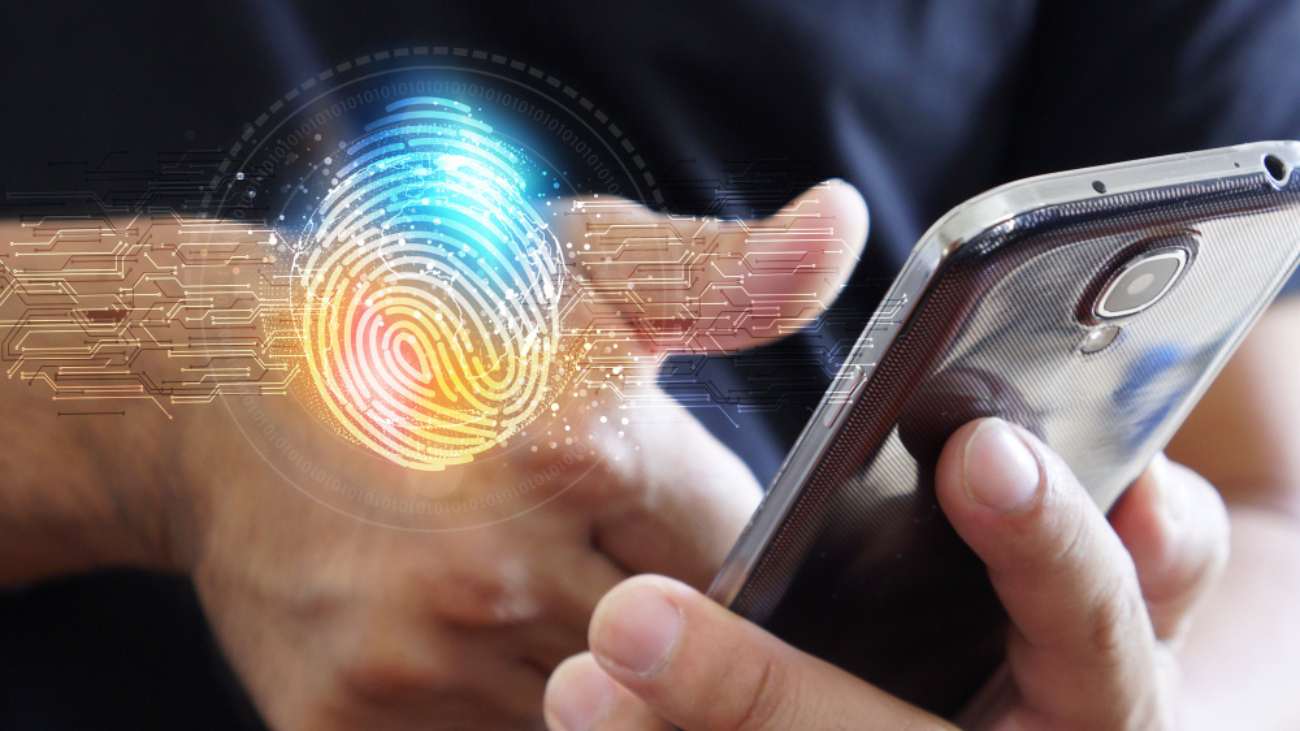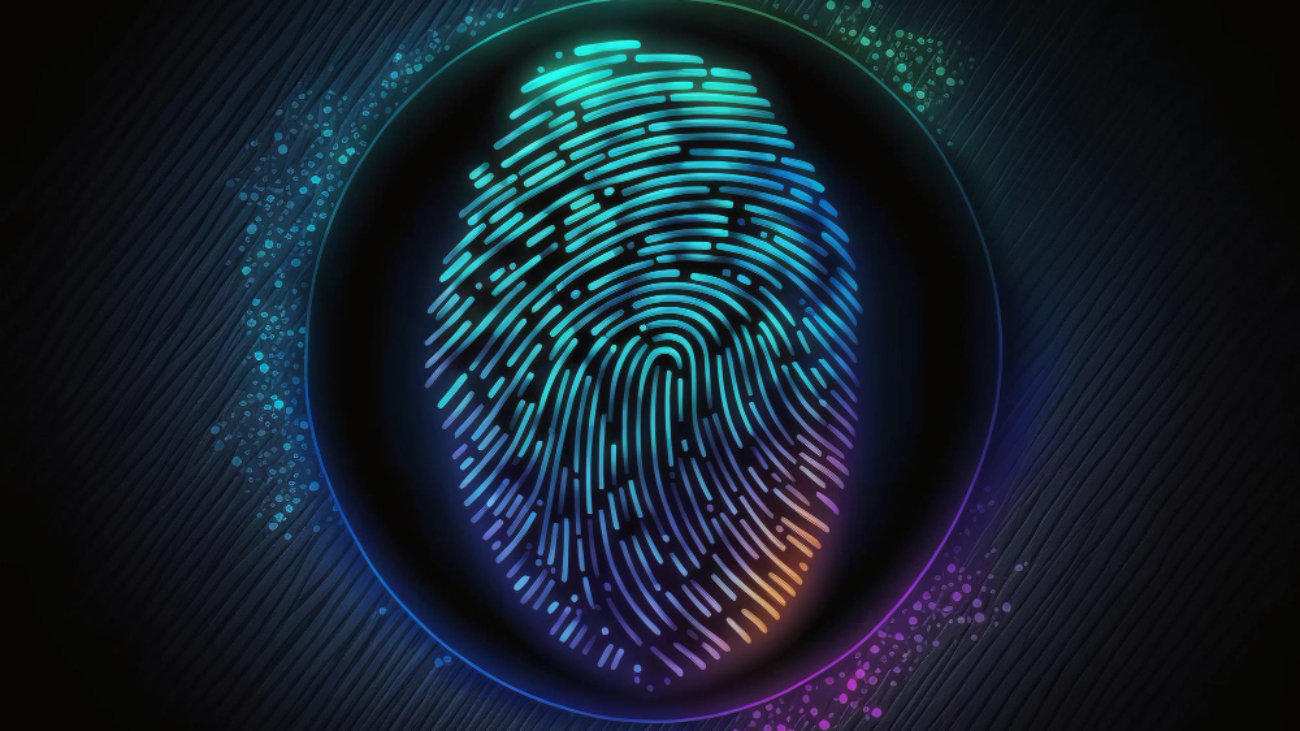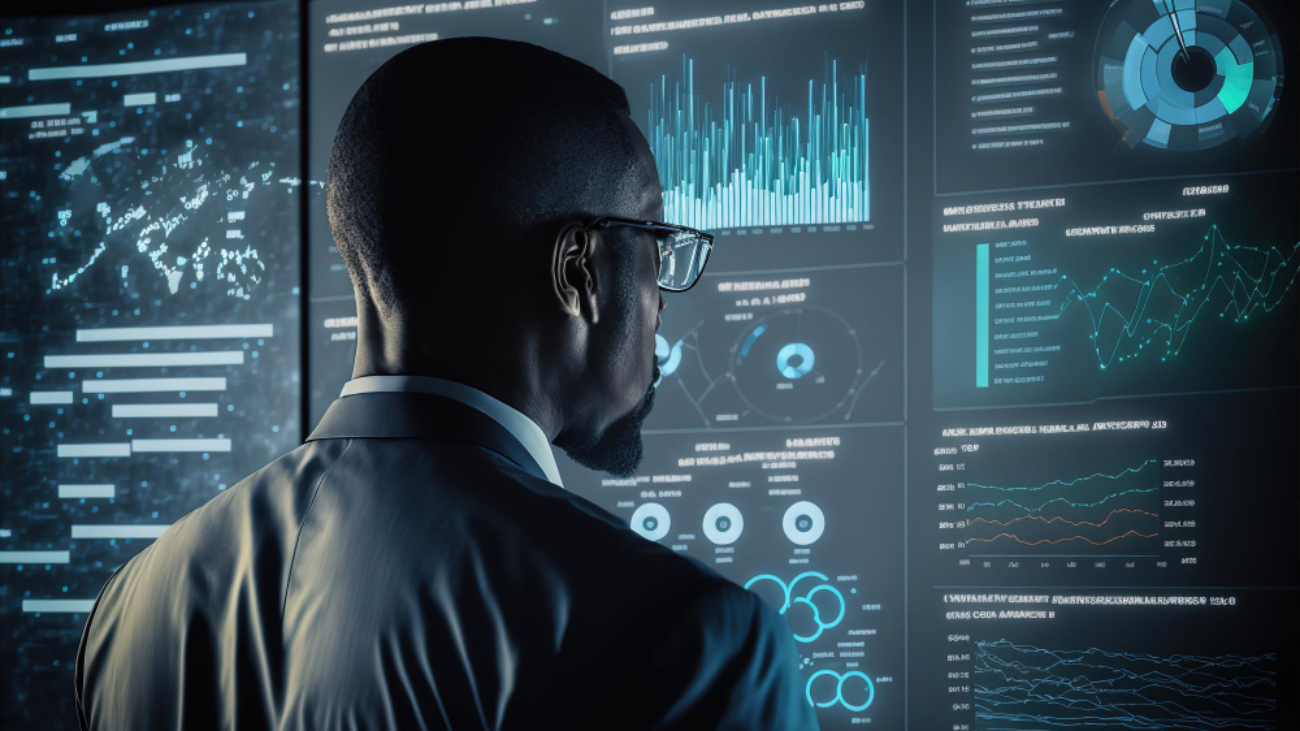Biometrics has long been used to secure access to government facilities, financial institutions, and even luxury apartments. But the world of sports is now embracing biometric identification to ensure that athletes are correctly identified at competitions or security checkpoints. These new enhanced methods for verifying identity could bring about better fraud detection and improved safety for athletes and fans alike.
However, despite the potential benefits, it brings certain challenges; from privacy concerns to technology compatibility. Bahaa Abdul Hadi explores some of these opportunities and challenges surrounding biometric identification in the sports industry.
What is biometric identification?
Biometric identification is a relatively new technology offering unique security measures compared to traditional authentication methods. It relies on an individual’s physical characteristics, such as facial features or fingerprints, to verify personal identity & access different systems or resources. Because of its complexity and strict accuracy requirements, biometric identification techniques are generally much harder to fool than other identification processes. While there are still some areas of improvement, it’s clear that biometric identification can revolutionize how we protect information.
The use of biometric identification in the sports industry: Opportunities and challenges
Biometric identification in the sports industry has been gaining traction due to its potential to improve safety and performance. Biometrics technologies enable athletes and organizations to identify individuals based on physical characteristics, like fingerprints, facial features, and voice recognition. These technologies can be used for identity verification applications, such as access control or ticketing systems, and to monitor performance and activity levels.
Biometric identification technologies offer a variety of opportunities in the sports industry. For example, they can be used to monitor the attendance and behavior of athletes, including those at large events such as championships or tournaments. This can help reduce theft or other fraudulent activities. They also have great potential for improving safety measures in sports, accurately identifying participants and monitoring their activities.
Furthermore, biometric identification can track athletes’ performance over time, allowing organizations to collect data on individual progress and make more informed decisions regarding training programs or team selection.
Despite the potential benefits, some challenges are associated with using biometric identification in the sports industry. For example, privacy concerns can arise when collecting and storing personal data. Security risks are also associated with using biometrics systems as they require high accuracy to work properly. Furthermore, there is a risk of bias or discrimination if certain athletes are not allowed access due to physical characteristics.
Conclusion
Using biometric identification in the sports industry presents both opportunities and challenges. On the one hand, it can improve safety and security measures. On the other hand, there are concerns about data privacy and the potential misuse of information. It is important to consider these issues carefully before implementing any biometric systems.
Thank you for your interest in Bahaa Abdul Hadi blogs. For more information, please stay tuned to www.bahaaabdulhadi.com







